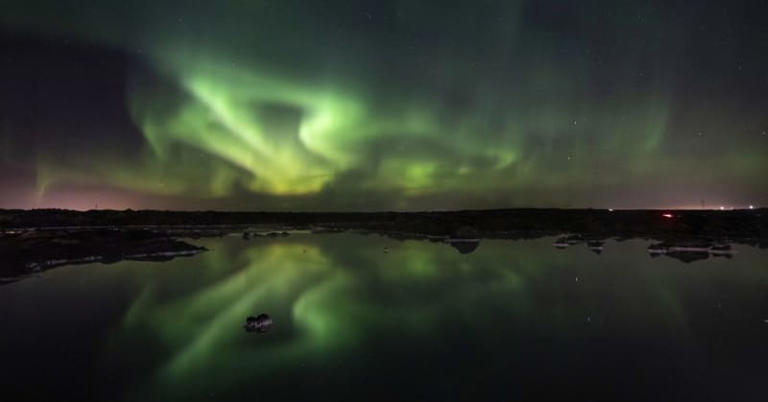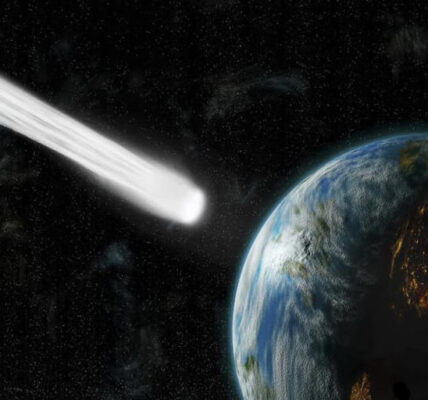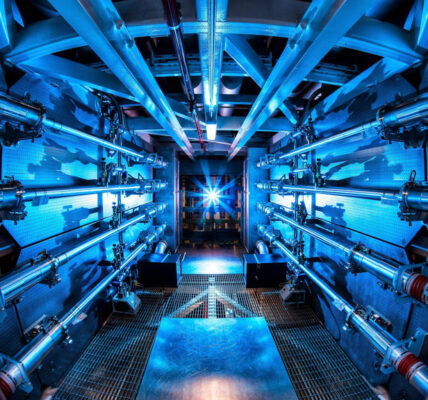Historic Auroras 2024: A Once-in-a-Lifetime Solar Event
Historic Auroras 2024 brought some of the most spectacular auroral displays seen in centuries, captivating observers worldwide. Learn about the unprecedented solar activity that made this possible.

© Provided by Space
Introduction
Historic Auroras 2024 has become a landmark event in the study of space weather, with remarkable auroral displays captivating observers around the world. Seen as far south as Florida in the United States and Ladakh in northern India, these auroras may be among the strongest witnessed in the past 500 years. This unprecedented display resulted from a rare G5 geomagnetic storm caused by intense solar activity earlier in the month.
The Cause of the Spectacular Display
The Historic Auroras 2024 were triggered by an extraordinary sequence of events on the sun. Between May 3 and May 9, NASA’s Solar Dynamics Observatory documented 82 notable solar flares originating from two highly active sunspot regions, AR3363 and AR3364. These sunspots grew increasingly complex, leading to a series of eruptions. By May 7, at least seven coronal mass ejections (CMEs) were headed toward Earth, ultimately arriving in quick succession on May 10. This convergence of solar activity created the conditions necessary for the historic geomagnetic storm.
Understanding Geomagnetic Storms
A geomagnetic storm occurs when CMEs, which are bursts of solar wind and magnetic fields, collide with Earth’s magnetosphere. The G5 geomagnetic storm responsible for the Historic Auroras 2024 is the most powerful of its kind since the Halloween storm of 2003. These storms can significantly disturb Earth’s magnetic field, leading to the stunning auroras visible at much lower latitudes than usual.
Auroras Visible at Unprecedented Latitudes
Normally, auroras are confined to high-latitude regions near the Arctic and Antarctic circles. However, the Historic Auroras 2024 broke this pattern, being visible at magnetic latitudes as low as 26 degrees. This includes locations much closer to the equator, offering a rare spectacle for many who had never seen auroras before. Such widespread visibility underscores the intensity of the storm and its potential ranking among the strongest in recorded history.
Impact on Technology and Precautionary Measures
The Historic Auroras 2024 had significant implications for technology. The U.S. National Oceanic and Atmospheric Administration (NOAA), which monitors space weather, issued its first storm warning in nearly two decades. In response, NASA took precautionary measures, including putting the ICESat-2 satellite into safe mode and powering down instruments on other missions to protect them from potential damage.
Citizen Science and Aurorasaurus
To fully understand the extent of the Historic Auroras 2024, scientists are turning to data collected by citizen scientists through the Aurorasaurus project. This NASA-funded initiative aggregates aurora sightings from around the world, verified by both automated systems and human participants. Each verified report contributes to a global map of auroral activity, providing invaluable data for researchers studying the event.

© Provided by Space
Long-Term Research and Future Implications
The Historic Auroras 2024 event will be the subject of extensive study for years to come. According to Teresa Nieves-Chinchilla, acting director of NASA’s Moon to Mars Space Weather Analysis Office, this event offers a unique opportunity to test and refine space weather models. The data gathered will help scientists better understand the limits of our current models and improve our ability to predict and mitigate the impacts of future solar storms.
Ongoing Solar Activity
Although the sunspot clusters that caused the Historic Auroras 2024 have rotated out of Earth’s view, their effects continue to be felt. These sunspots are now facing Mars, where scientists are already observing solar impacts. Jamie Favors, director of the NASA Space Weather Program, notes that data collection on Mars is underway, indicating that the story of these sunspots is far from over.
Conclusion
The Historic Auroras 2024 will be remembered as one of the most extraordinary space weather events of our time. The combination of powerful solar flares, CMEs, and a rare G5 geomagnetic storm created a stunning natural light show visible far beyond the usual high-latitude regions. As scientists continue to study this event, the data and insights gained will enhance our understanding of solar storms and their impacts on Earth and beyond. For many, the auroras of May 2024 were a once-in-a-lifetime experience, highlighting the dynamic and unpredictable nature of our sun.
ALSO READ:
“Chinese HBM Production: Shocking Revelations Unveiled – 5 Industry Secrets Exposed!


